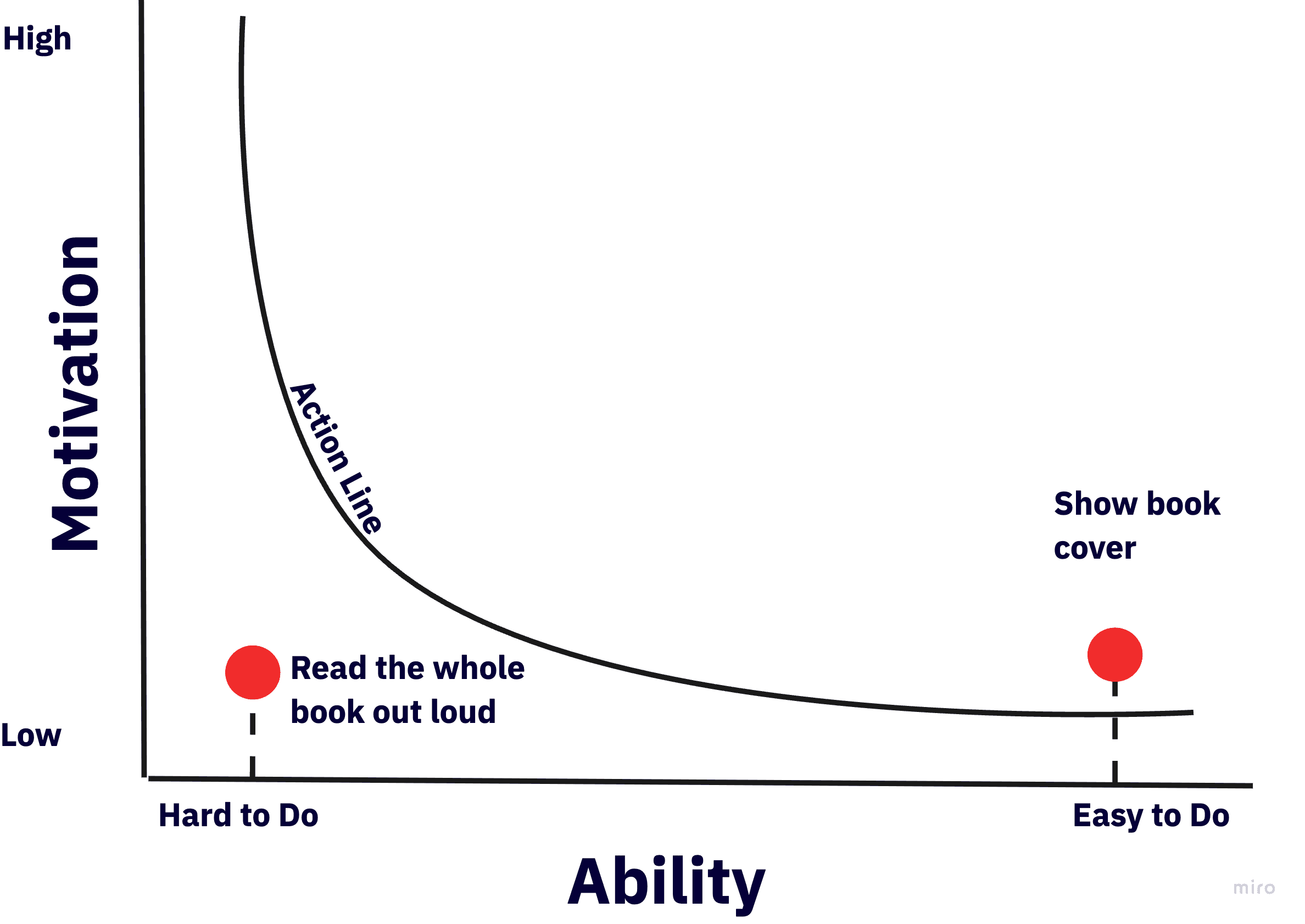How to Form New Habits: Introducing the Fogg Method
Jun 8, 2024
Many people face difficulties in achieving their goals, which often causes feelings of guilt and self-dissatisfaction. However, it is important to understand that the problem is not in the person, but in the approach to achieving goals. This is where Fogg's behavioral model comes in, helping you to form habits and achieve your goals more effectively.
Why is there a gap between "want" and "do"?
There is often a huge gap between what we want and what we actually do because our culture makes us believe that we are to blame for our failures, which leads to self-blame. We want to change our lives for the better: eat healthier, exercise more, learn new things, and sleep better. However, wrong methodologies and wrong advice often lead to failure. It is important to realize that the problem is not with us, but with the approach we use to make a change.
Fogg's model: How does it work?
Dr. BJ Fogg developed a behavioral model to help understand why behavior change can be so difficult. This model consists of three main components: motivation, ability, and prompt. It explains that these three components need to work together for action to happen.

Motivation (M)
Motivation is your desire to perform a certain action. It can be of different strength and nature: from an internal desire to external stimuli.
Ability (A)
Ability means how easy or difficult it is to perform an action. The easier an action is, the higher the probability of its fulfillment.
Prompt (P)
A prompt is a trigger that activates an action. It can be an external stimulus (e.g., a notification on your phone) or an internal stimulus (e.g., the realization of a need).
Example from a book "Tiny Habits"
Let’s consider the example given in the book Tiny Habits BJ Fogg:
The harder a behavior is to do, the less likely you are to do it
If someone asked you to show them the cover of the book you’re reading right now, would you do it? Probably. It requires a flick of the wrist and an interruption of your reading, which is a minor annoyance but no big deal. It’s easy to do. However, if someone asked you to read this entire book aloud to them, then your response would probably be different. You would need a lot of motivation to do this behavior.
It illustrates how the simplicity of an action affects the likelihood of its completion. The simpler the action, the easier it is to become a habit.

How to use the Fogg model for building habits?
Find your motivation: Think about why you want to build a new habit. What motivates you?
Make the action simple: Keep barriers to a minimum. Start with small steps that are easy to follow.
Create a prompt: Use reminders and triggers that will push you to take action.
When it comes to professional or personal development, an important element of this process is a habit of regular learning. Consuming useful content that we encounter on a daily basis can significantly help our career. However, developing the habit of saving valuable materials and returning to them for further reading or review can be a real challenge. Our team has been working on the BitRead mobile app to help you not lose all your articles, social media posts, videos, and podcasts, but to actually work them through and become the best version of yourself.
BitRead is a tool created for professionals and people who strive for continuous development and growth. The app allows you to store any content in one place (articles, links, posts, videos, and podcasts), organize it, and return to it regularly to read, listen, or watch it.
Do you have something you'd like to make a habit of? Try Fogg's model - start with one simple action and improve your results.
